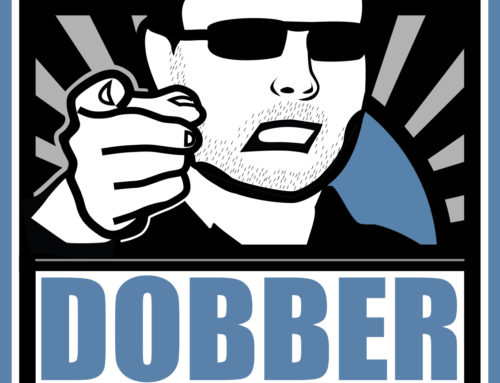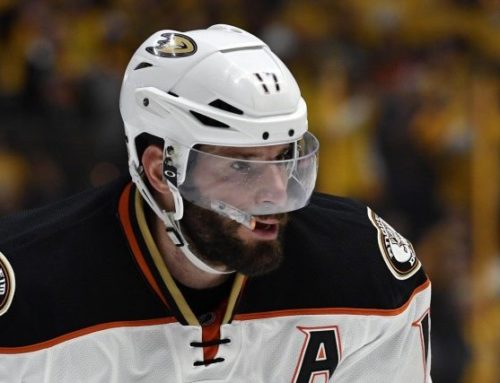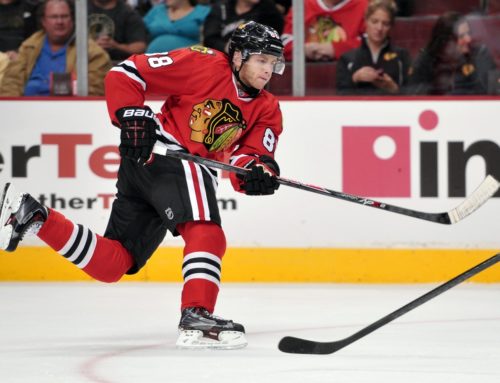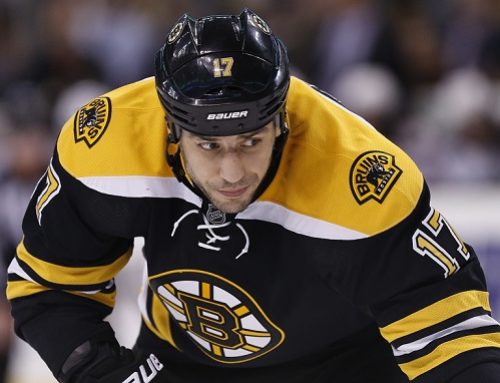
The fifth best salary cap forward to own is an easy pick. Henrik Sedin is a player who could have been ranked anywhere from the second slot up thanks to incredible consistency and point production. It’s only a lack of goal production and shots on goal that keep him from ranking in the top two.
Art Ross, iron man, captain consistency; all terms used to describe Henrik Sedin. All of which are descriptors you want in a player on your fantasy roster. As I’ve stated before, accountability is huge in the fantasy world and his consistency is one of the biggest reasons that Hank is more valuable than most might think at first glance, in leagues that count peripheral stats.
Hank doesn’t shoot. In turn, he doesn’t score – at least not very much. Goals is the toughest category to fill in fantasy leagues and Henrik’s value takes a hit due to his lack of, as well as low shots on goal totals.
Where Henrik makes up for lowly peripherals is in the assist department, a category in which he has led the league often enough to be considered the best playmaker currently in the league. Assists may be the easiest category to fill with all the secondary assists handed out, but Henrik obliterates the competition over the last five years with 325. That’s a monstrous 41-assist lead over his closest competitor in Joe Thornton who also was once, arguably, the best set-up man in the game.
Important to note is that the majority of Henrik’s assists are primary assists (a league leadin 190) which account for 58% of his total. Elite set-up men like St. Louis, Thornton, Datsyuk, Malkin and Kane all hover around the 60% mark, typically the 58%-64% range. Sidney Crosby, Hanks greatest competition as best playmaker, appears to be at the top of the elite with a 66% rate when healthy.
Speaking of health, take a look at how many games Henrik has played in comparison to the other names on the above list. As one of the league’s iron men, Hank has played more games than anyone on this list. One may argue that this doesn’t make him a "better" player than the others as point-per-game is a great way to consider a players value, but I’ll take the guy who plays in every game when his ratios are comparable.
|
Player |
Goals |
Assists |
Points |
SOG |
PPP |
PIM |
|
Eric Staal |
26 |
41 |
68 |
283 |
23 |
60 |
|
Rick Nash |
31 |
31 |
62 |
293 |
17 |
46 |
|
Alex Ovechkin |
39 |
48 |
87 |
343 |
28 |
57 |
|
Evgeni Malkin |
34 |
49 |
84 |
324 |
29 |
65 |
|
Daniel Sedin |
38 |
62 |
100 |
279 |
34 |
43 |
|
Steven Stamkos |
50 |
41 |
91 |
284 |
32 |
62 |
|
Corey Perry |
38 |
42 |
80 |
283 |
27 |
107 |
|
Claude Giroux |
25 |
47 |
72 |
185 |
27 |
35 |
|
Henrik Sedin |
21
📢 advertisement:
|
75 |
97 |
143 |
30 |
48 |
As expected, Hank tops the chart with an average of 75 assists per season and isn’t far off his brothers average with 97 points-per-game. His goals and shots on goal totals are low but he makes up for it with great power play points averages and surprisingly strong totals in the penalty minute category.
Much like Daniel, Hank gets a boost in value in leagues that count cap. His lack of contribution in goals and shots are made up not only with strong production in other categories, but when his efficiency is considered in terms of cost/production.
|
Player |
Cost per goal avg |
Cost per assist avg |
Cost per point avg |
Cost per SOG avg |
Cost per PPP avg |
Cost per PIM avg |
|
Eric Staal |
$317,308 |
$201,219 |
$121,324 |
$29,152 |
$358,695 |
$137,500 |
|
Rick Nash |
$251,612 |
$251,612 |
$125,826 |
$26,621 |
$458,823 |
$169,564 |
|
Alex Ovechkin |
$244,576 |
$198,717 |
$109,637 |
$27,809 |
$340,659 |
$167,341 |
|
Evgeni Malkin |
$255,882 |
$177,551 |
$103,571 |
$26,851 |
$300,000 |
$133,846 |
|
Daniel Sedin |
$160,526 |
$98,387 |
$61,000 |
$21,864 |
$179,412 |
$141,860 |
|
Steven Stamkos |
$150,000 |
$182,926 |
$82,416 |
$26,408 |
$234,375 |
$120,968 |
|
Claude Giroux |
$156,250 |
$78,125 |
$52,083 |
$20,380 |
$133,928 |
$107,142 |
|
Henrik Sedin |
$290,476 |
$81,333 |
$62,866 |
$42,657 |
$203,333 |
$127,083 |
Analyzing the above chart really represents how Hank’s low cap hit makes up for his short-comings in a cap league. His shots on goal average is the only category that ranks at the bottom, though without Eric Staal’s poor season it’s feasible to say that Hank should fall below Staal in most seasons. Even so, it’s simple to see that Henrik’s weaknesses aren’t glaringly bad, thanks to a friendly $6.1 million cap hit. He is more than competitive in each of the other compared categories and it is important to never forget that points are still the most important category, even in a roto-league.
Understanding Henrik’s weaknesses during the drafting stages make it possible for managers to draft the appropriate, complimenting players. Salary cap leagues can create vastly different values in players than your typical league. If approached systematically and informed decisions are made, those players who can make or break a team are weeded out. Henrik is one of those players that shouldn’t be ignored or passed over. Grabbing him at the right spot and complimenting him with a great roto-player like Scott Hartnell (who also happens to be a fantastic cap player), will pay great dividends.






 SEA
SEA NYI
NYI BUF
BUF DAL
DAL
 CBJ
CBJ STL
STL L.A
L.A NYR
NYR ANA
ANA NSH
NSH
